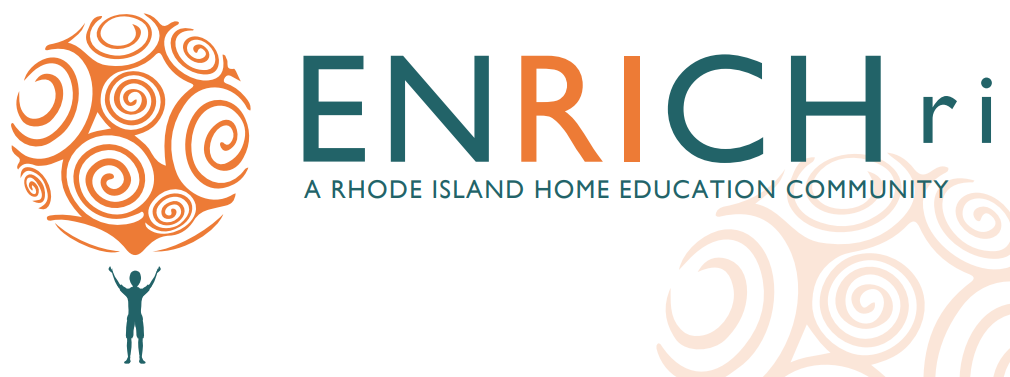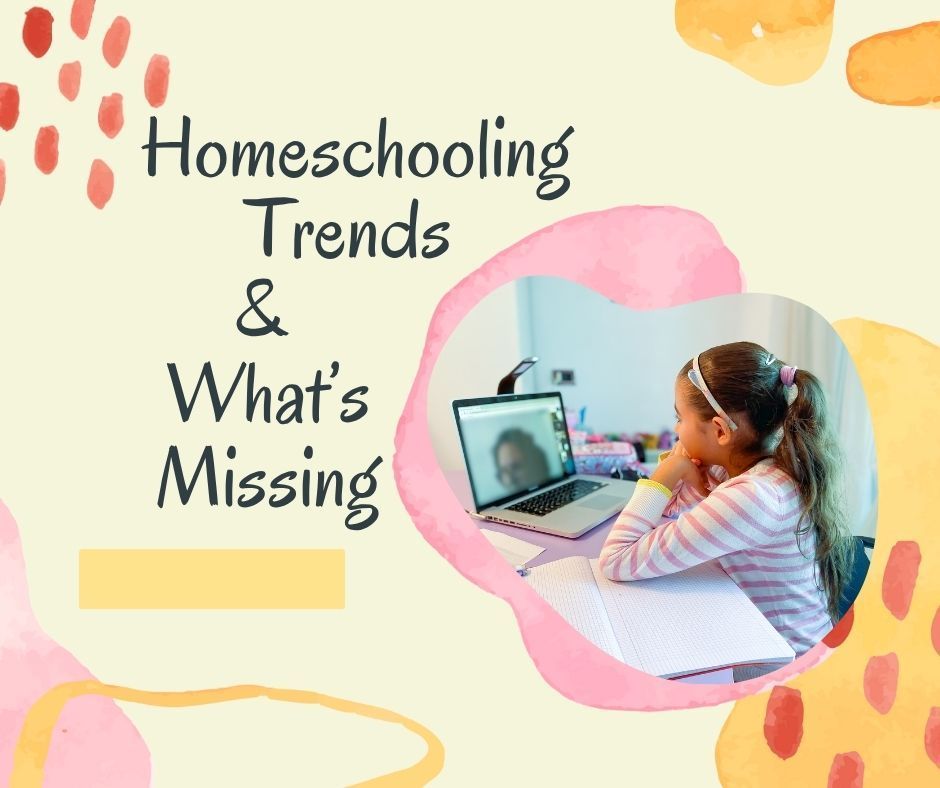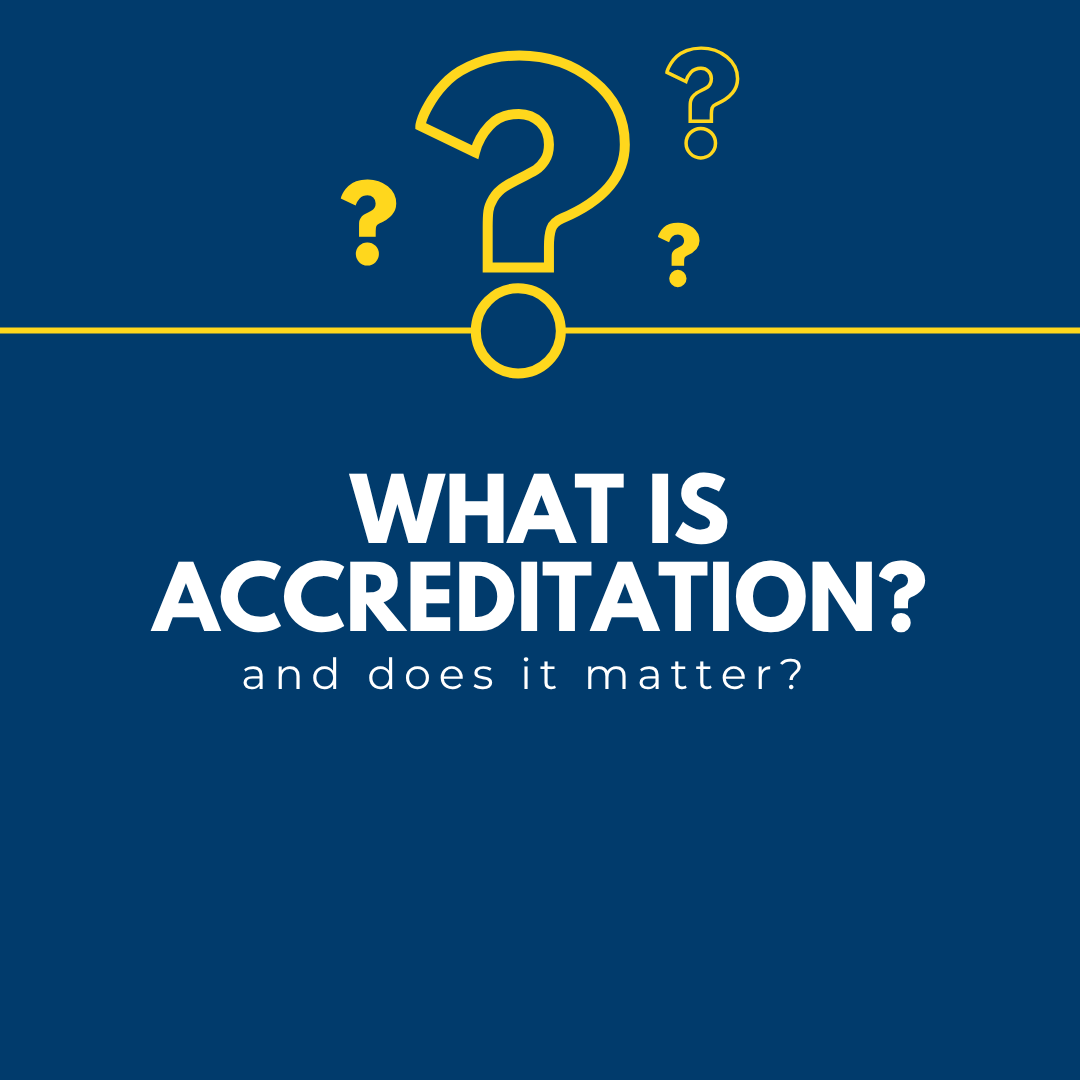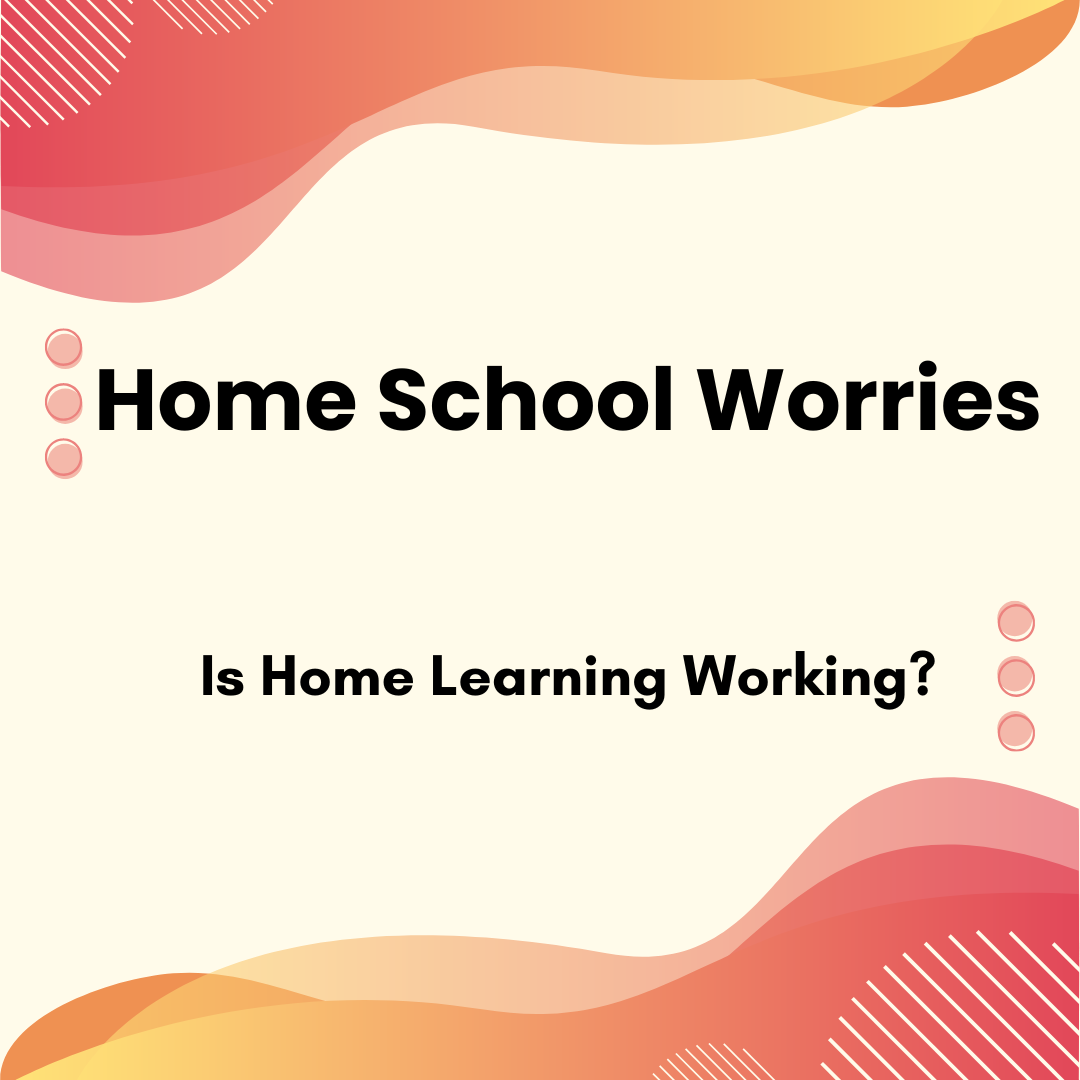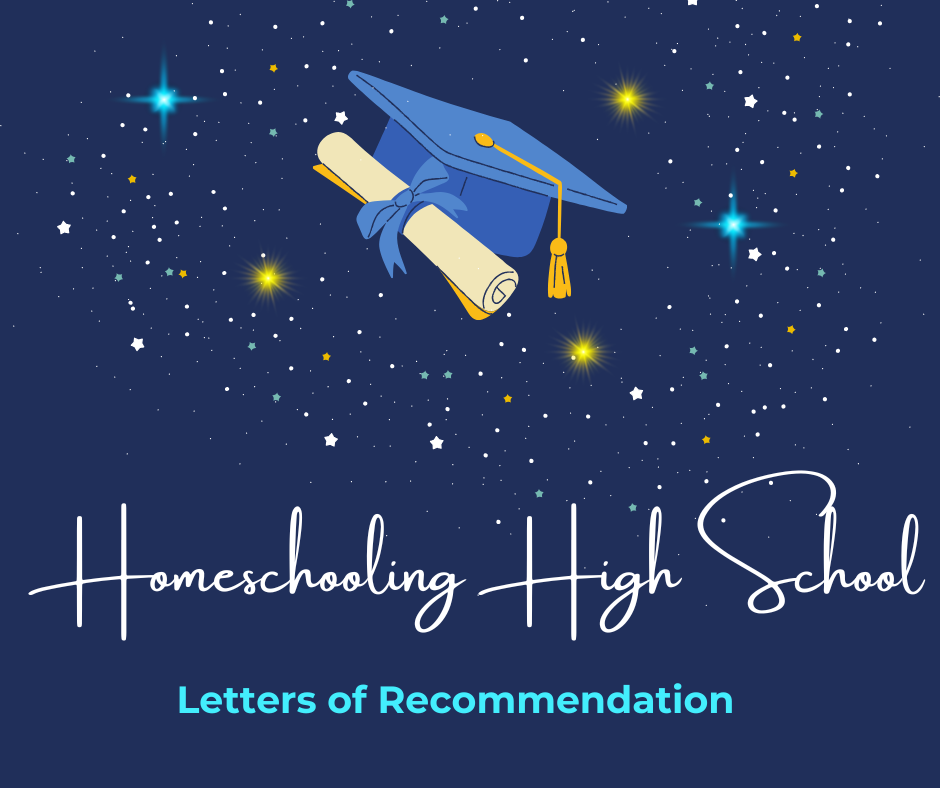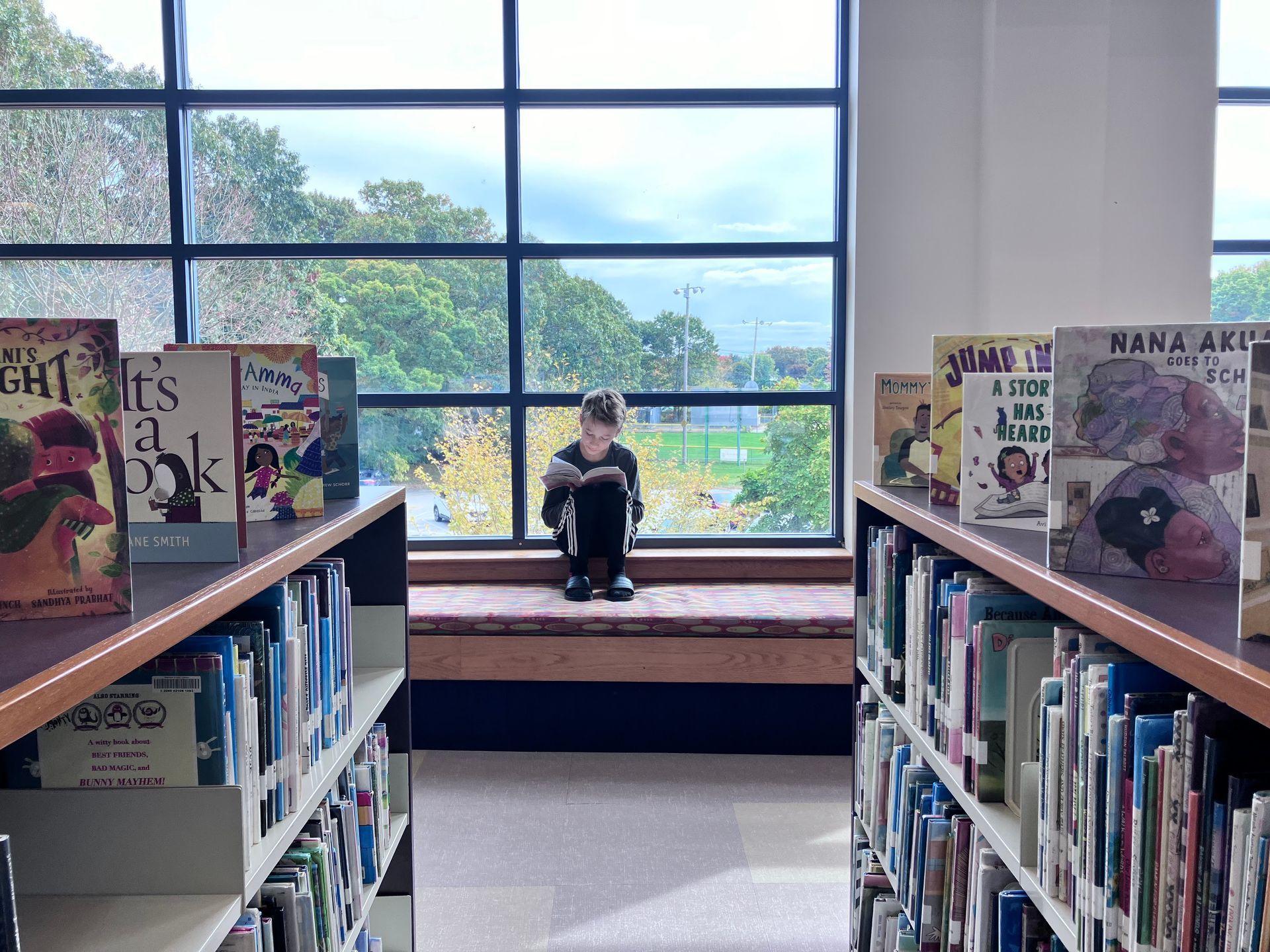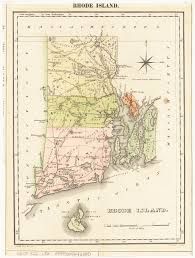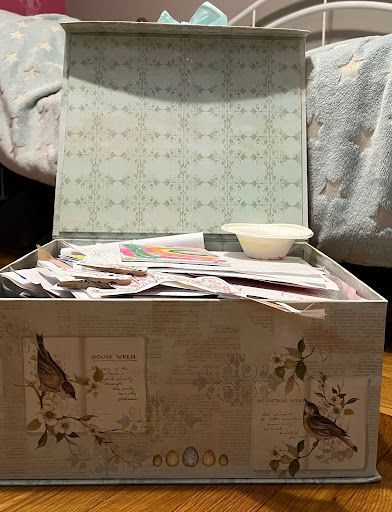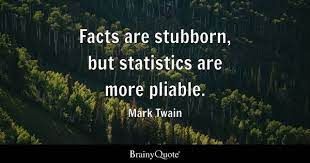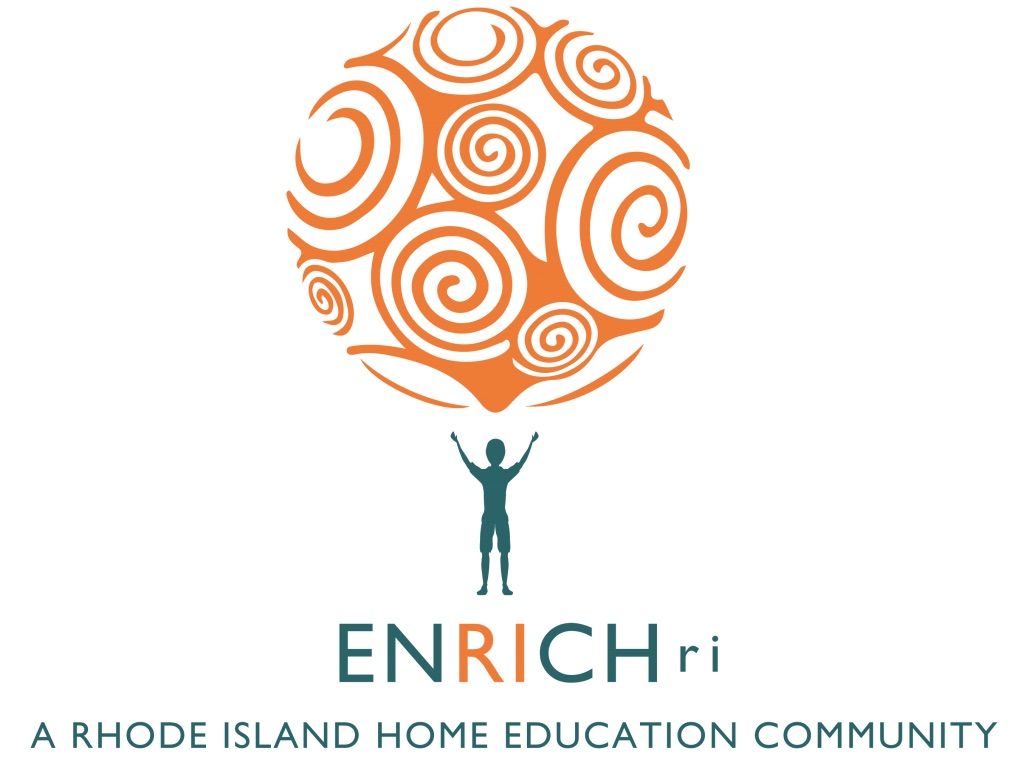Homeschooling High School: Course Descriptions
Crafting Course Descriptions
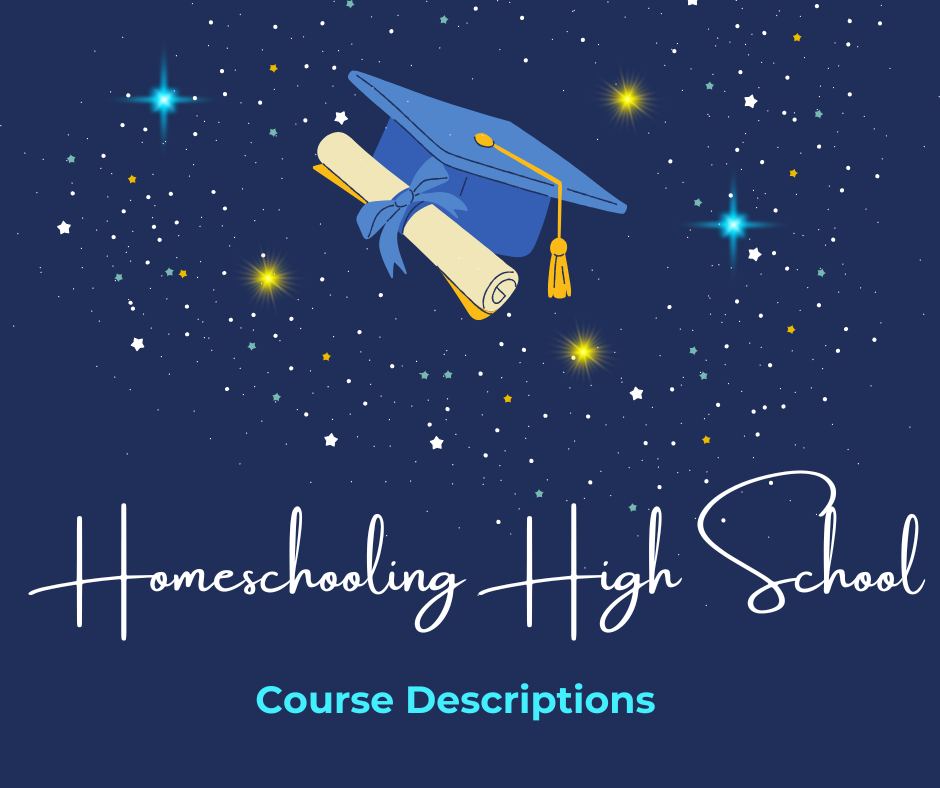
Course Descriptions: What are they?
Course descriptions are short summaries of the courses your student has taken during their high school career. These should be compiled into a single document that may be uploaded as a supporting document in college applications. While these may not always be requested, some colleges will want to see them and it’s better to be prepared!
What makes something a course?
If you can dream it, it can be a course! While some courses may be straightforward based on a textbook or outside provider’s class, other courses may look pretty unconventional. Movies, travel, theater, museums, blogs, participation in an activity, written communication, homework, oral discussion, art, technology, contemplation, balancing a checkbook, song writing, attending lectures – all of these things can constitute or be part of a course. Don’t be afraid to customize a subject to fit the interests and learning style of your child - that’s the beauty of homeschooling!
What Should be Included in a Course Description?
Each course summary should be as short as possible and NEVER more than 1 page (a quarter or half a page is best). You should include:
- Name of course
- Instructor's name (if other than yourself)
- Name of institution (if taken with an outside provider)
- Course material
- Scope of content
- Method of evaluation
*NOTE: If you used a publisher’s curriculum then you can copy the course description from their website or textbook.
Course Description Examples
General Course Descriptions
Japanese 1: Met with Japanese tutor weekly, weekly homework. Textbook Genki I: An Integrated Course in Elementary Japanese I by Eri Banno
Science & Technology, Literary Analysis & Composition: Using various texts as an anchor, we will explore tales of Science & Technology. By understanding, analyzing, writing and rewriting, this course will empower students to interact with literature in a meaningful and sophisticated way. Using a personalized approach, the goal is to guide students to the next level in their thinking and composition. By dialing into your student’s particular strengths and style, we will work to further develop their voice with the support of specific feedback and tailored instruction.
Frankenstein by Mary Shelley,
The Time Machine by H.G. Wells,
Jurassic Park by Michael Crichton.
Film Appreciation: Watch and Analyze! Film Appreciation Basics Through
Citizen Kane. Learn the basics of how to talk about film and then view the classic film
Citizen Kane and discuss what we see like real film critics! Students will be introduced to basic film terminology and concepts and then asked to view the classic film
Citizen Kane, through which they will be asked to apply the concepts they learned about in the first class. Additional films will include
Running Man, Vice, RBG, Groundhog Day, What About Bob, Matrix 1 and 2, John Wick 1 and 2, Toy Story, The Post, The Killing Fields, Apocalypse Now.
BIO111 General Biology I with lab: This course is an introductory survey of biological principles and topics representing a range of levels of organization, including general background chemistry, cell biology, genetics, evolution and ecology. Evaluation: homework, section and final testing.
MTH119 Fundamental Statistics: This course provides a survey of statistical methods, with examples taken from sociology, psychology, education, and related fields. Topics include descriptive statistics, measure of central tendency and variability, probability, binomial and normal distributions, estimation, correlation, regression sampling
distributions, and hypothesis testing.
Rhode Island History: Rhode Island History course focuses on the geography and the historical development of the state from l636 to the present. Particular emphasis will be placed on the following areas: geography, settlement, The American Revolution, Industrialization, immigration and the Twentieth Century. Visit RI State House, Fort Wetherill, Gilbert Stuart Museum, Museum of Work and Culture. Evaluation: participation and oral discussion.
Course Description Based on Personal Interest and Self Study
(Credit for following three descriptions: Writing Course Descriptions for a High School Transcript by Stefanie Marsh for New Hampshire Homeschooling Coalition Workshop 2019)
Astronomy
Course consisted of self study of aspects of astronomy including lunar geography, the planets, asteroids, meteors and comets, use of binoculars and telescopes, telescope optics and physical limitations, the sun, major deep sky objects, stars and their spectra, and orbits. Extensive time was spent in actual observation of the night sky using binoculars and a 4.5’’ equilateral Newtonian reflector telescope.
Texts: Seeing the Sky, Fred Schaaf; Imaging Saturn, Henry S.F. Cooper, Jr.; Stargazing with Binoculars and Telescopes, John Mosley; Stars and their Spectra, James B. Kaler; Hubble’s Universe, Simon Goodwin; Turn left at Orion, Guy Consolmagno and Dan M. Davis; Skywatching, David Levy; Comets, David Levy; The Messier Objects, Stephen James O’Meara; The Hatfield Photographic Lunar Atlas, Jeremy Cook; Secrets of the Night Sky, Bob Berman.; Topics in Encyclopedia Britannica.
Course Description Derived from the Publisher’s Catalog
Algebra II
In addition to covering topics of second year algebra, this course covered a considerable amount of geometry. Specific algebra topics covered included: graphical solution to simultaneous equations, scientific notation, radicals , roots of quadratic equations including complex roots, properties of the real numbers, inequalities and systems of inequalities, logarithms and antilogarithms, exponential equations, basic trigonometric functions, algebra of polynomials, vectors, polar and rectangular coordinate systems, and a wide spectrum of work problems. Time was spent developing geometric concepts and writing proof outlines. Set theory, probability and statistics were also treated. Text: Algebra 2, John Saxon.
Course Description Based on a Teen Activity
Literature Discussion Group
This monthly group provides an opportunity for homeschooled teens to give their impressions and discuss themes in some classic books on high school and college book lists. Titles selected include Brave New World, Their Eyes Were Watching God, Sense and Sensibility, The House of the Seven Gables, The Importance of Being Earnest, Frankenstein, Cry the Beloved Country and the short stories: “The Death Disk”, Mark Twain; “The Cask of Amontillado”, Edgar Allan Poe; “The Lady and the Tiger”, Frank R. Stockton; and “The Patented Gate and the Mean Hamburger”, Robert Penn Warren. Students enjoy socializing and exchanging ideas over refreshments.
Course Description Based on a College Course
(credit: Hilary Sowa)
Advanced Chinese Class taught by I-Ling Hsu at University of Rhode Island
Textbook: Beyond the Basics: Communicative Chinese for Intermediate and Advanced Learners By Joanhua Bai, Juyu Sung, and Janet Zhiqun Xing
Intensive practice in spoken and written Chinese using contemporary writings and topics in Chinese-speaking countries. Emphasis on classroom discussion.
Method of Evaluation: Written Tests and Exams, Oral Assessments, Homework and Participation
Examples of Alternative Format
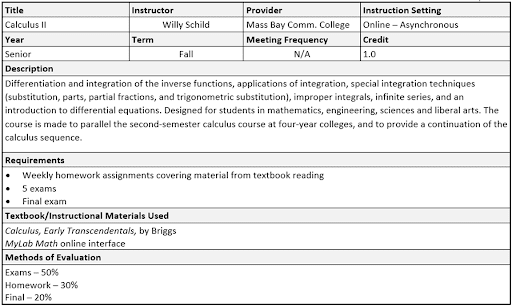
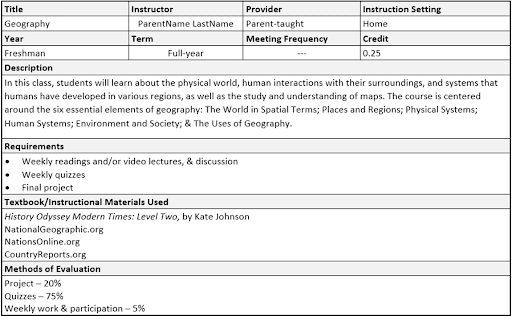
Additional Resources
- Fearless Homeschoolers: How to Write Homeschool Course Descriptions for College Applications
- It’s Not That Hard to Homeschool: The Complete Guide to High School Course Descriptions for Homeschoolers
- The HomeScholar: Homeschool Course Descriptions: A “How-To” Guide
For more homeschooling high school information check out our Homeschooling High School Series
Share Article
